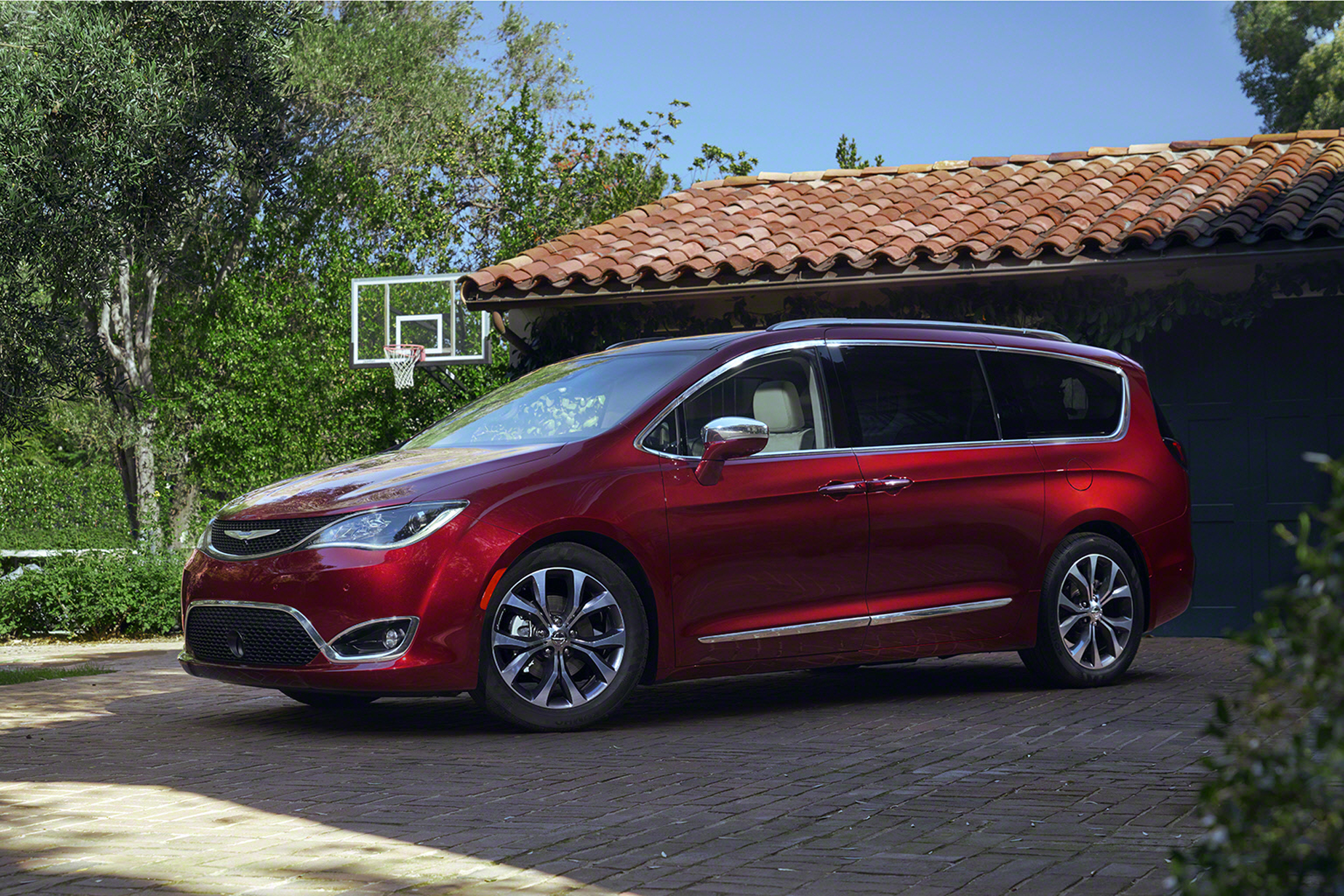

transportation emissions and 16% of total U.S.

The transportation sector makes up 28% of total U.S.has some of the lowest fuel economy standards of any industrialized nation, well below the European Union, China, and Japan. Given the legislation in place, the U.S.The average fuel economy for a 2020 model year vehicle was 25.4 mpg: 30.7 mpg for a new passenger car (sedan/wagon and car SUV) and 22.6 mpg for a new truck (truck SUV, minivan/van, and pickup).The average vehicle fleet fuel economy peaked at 22.0 miles per gallon (mpg) in 1987, declined until the early 2000s, then increased again surpassing 22.0 mpg in 2009.had 276 million registered vehicles and 228 million licensed drivers. In 2019, average car occupancy was 1.5 persons per vehicle.average vehicle occupancy was 1.87 persons per vehicle. 69% of the total annual vehicle miles traveled in the U.S.Vehicle miles traveled (VMT) increased 35% over the same time period. population increased 35% from 1990 to 2022. passenger miles traveled in 2020 were 4.9 trillion.

3 The transportation consumption patterns that follow indicate that the current system is unsustainable. 2,3 The countries with the most growth in registered cars since 1990 are China, India, and Indonesia, with average change of 18%, 9.8%, and 9.6%, respectively. has just over 4% of the world’s population, but has 12% of the world’s cars, compared to 19.6% in China, 5.7% in Japan, 4.4% in Germany, and 4.9% in Russia. In the U.S., the predominant mode of travel is by automobile and light truck, accounting for about 87% of passenger miles traveled in 2020.


 0 kommentar(er)
0 kommentar(er)
